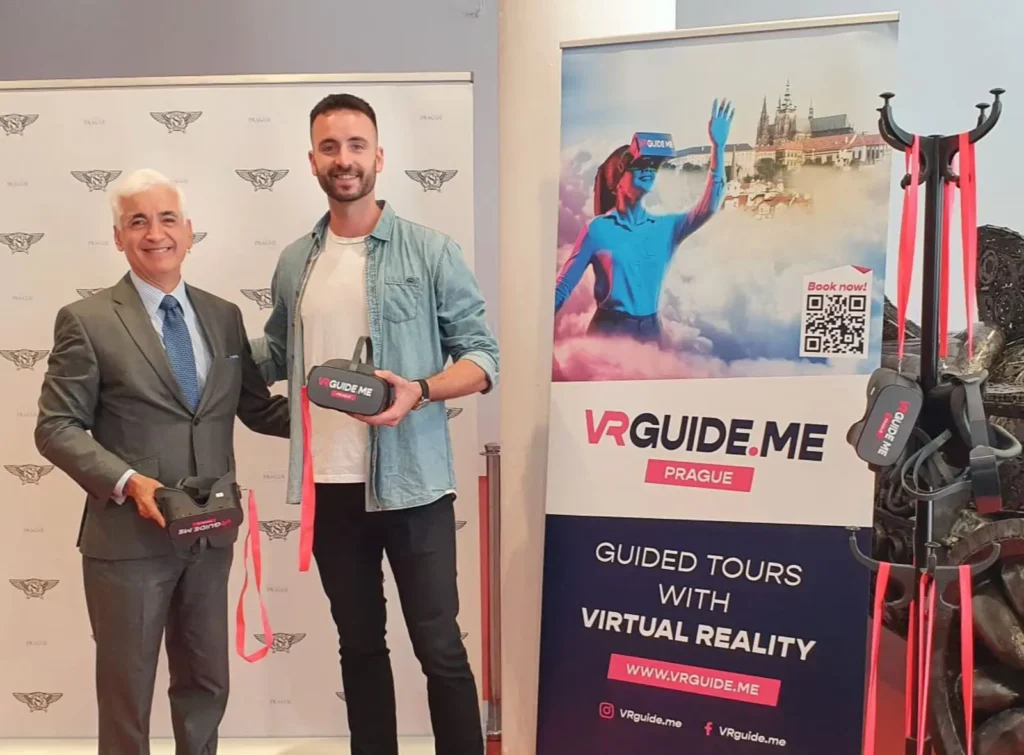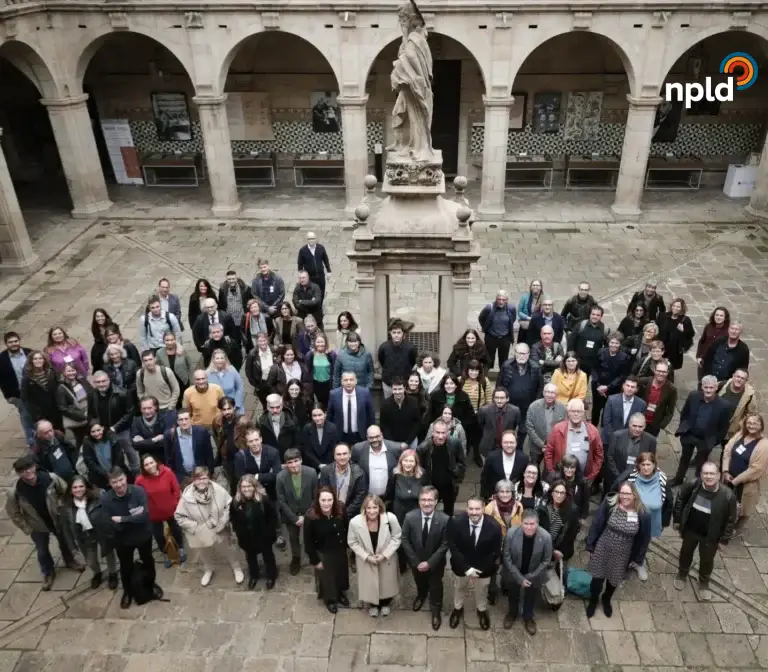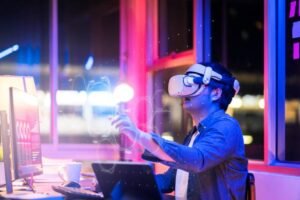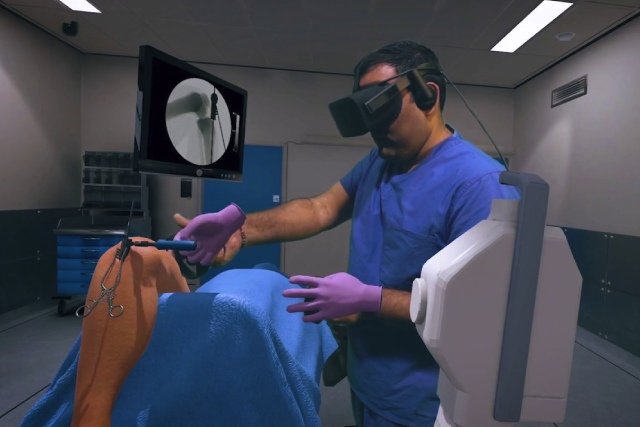
Inicio » Virtual Reality » 7 applications of virtual reality in modern medicine
7 Virtual reality applications in modern medicine
Medicine, a field traditionally rooted in science and human experience, is being transformed by an amazing technological innovation: Virtual Reality (VR). What was once an online entertainment tool is now becoming an essential resource in healthcare, redefining the way we diagnose, treat and prepare healthcare professionals. In this article, we will explore seven exciting applications of Virtual Reality in modern medicine, addressing everything from physician training to surgical precision to neurological disease therapy.
Would you like to apply Virtual Reality in your project? At Virtual Arena we are specialists in VR consulting and development for companies and institutions.
1. Medical Training and Advanced Simulation: Preparing Future Doctors with Virtual Reality
The medical training process is undergoing a metamorphosis thanks to Virtual Reality. Medical students can practice surgical procedures and explore the human body in 3D with VR goggles, allowing them to acquire precise skills without putting real patients at risk.
2. Surgical Precision with Virtual Reality: Revolutionizing Surgery with Accurate Practice and Planning
Virtual Reality has revolutionized surgery by allowing surgeons to virtually practice operations before performing them. Using 3D models and programming, physicians can study the patient’s anatomy with precision, resulting in increased accuracy and decreased risks in the operating room.
3. Innovative Therapies for Neurological Diseases: Fighting Alzheimer's and Autism with Virtual Reality.
Virtual Reality has become a hopeful ally in the fight against neurological diseases such as Alzheimer’s and autism. By reproducing images of the past, patients can stimulate their memory and improve their cognitive abilities, opening up new possibilities in neurological rehabilitation.
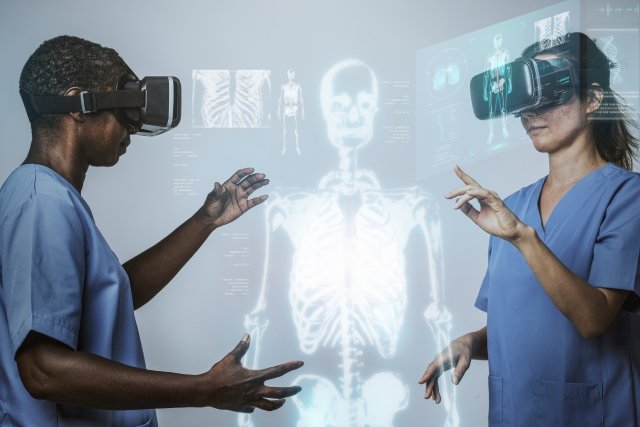
4. Reducing Phobias and Anxieties: Overcoming Fears in a Virtual World Gradually
Phobias and anxieties can be challenging to deal with, but Virtual Reality offers an effective solution. Gradually exposing patients to their fears in a controlled virtual environment can reduce their anxiety levels and lead to positive therapeutic outcomes.
5. Physical Rehabilitation and Functional Restoration: Virtual Reality as a Recovery Companion
Both Virtual Reality and Augmented Reality are revolutionizing physical rehabilitation by providing mobility, balance, coordination and visual therapy therapies. From brain injuries to motor disorders, VR is playing a crucial role in functional restoration.
6. Early Diagnosis and Treatment of Diseases: Discovering New Frontiers in Diagnostic Medicine.
Virtual Reality is opening new frontiers in early diagnosis and treatment of diseases. By enabling physicians to visualize medical information in real time during procedures, VR is improving diagnostic accuracy and opening doors to more effective treatment options.
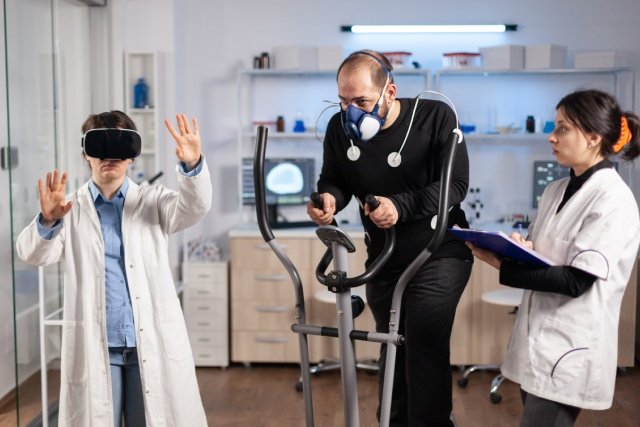
7. Future Prospects and Unlimited Potential: The Impact of Virtual Reality on Medicine
The potential of Virtual Reality in medicine is vast and inspiring. As technology continues to evolve, we can anticipate exciting advances in the healthcare field. VR is transforming the way we address medical challenges, promising to improve people’s health and well-being.
In short, Virtual Reality has burst into modern medicine with significant impact. From training future physicians to rehabilitation and treatment of various medical conditions, VR is proving to be a versatile and powerful tool with the potential to change the way we think about medical care.
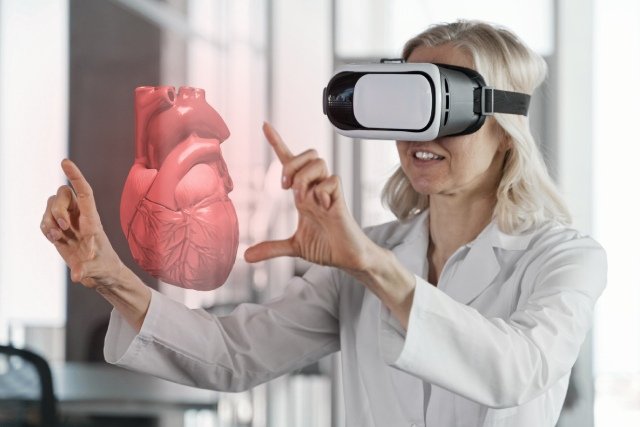
Share note:
Recent articles
Do you have a project in mind?
Related articles

